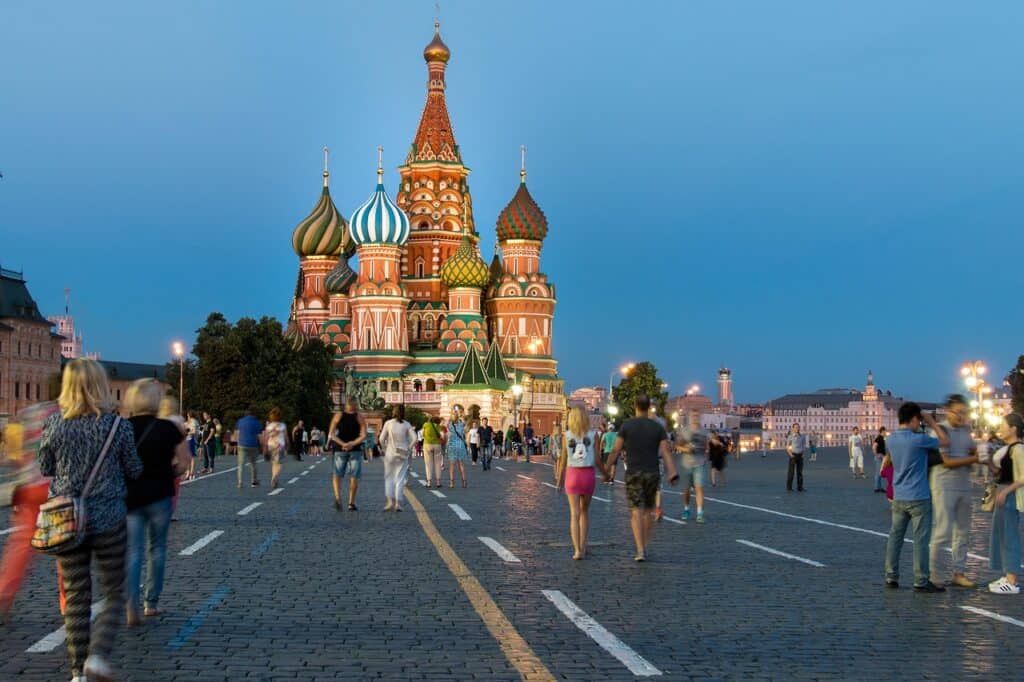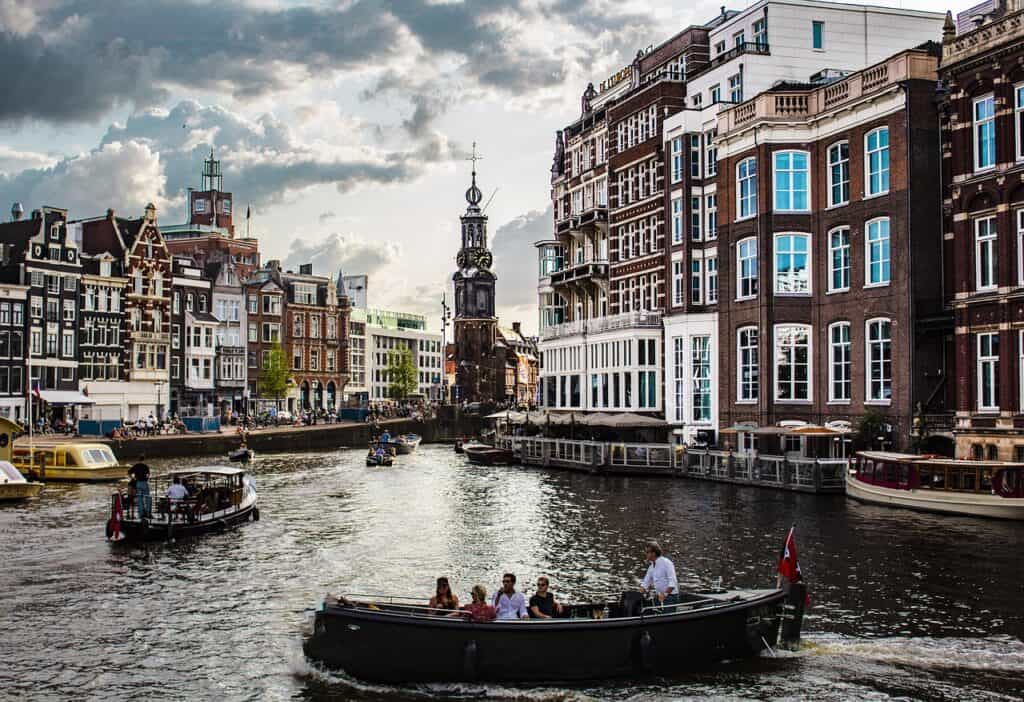We may earn money or products from the companies mentioned in this post. This means if you click on the link and purchase the item, I will receive a small commission at no extra cost to you ... you're just helping re-supply our family's travel fund.

Travel expectations have changed dramatically, yet many visitors still fall back on habits that feel like remnants from another era. Locals across popular destinations say these behaviors no longer align with the pace, awareness, and cultural sensitivity modern travel demands. Understanding these outdated manners helps travelers avoid friction and create more meaningful experiences rooted in respect, curiosity, and genuine connection.
1. Taking Photos of Locals Without Consent

Many travelers still point cameras at strangers without asking, even though over 72% of surveyed residents in major tourist hubs say this feels intrusive. What once seemed like harmless curiosity now crosses personal boundaries, especially during religious events or private moments. Asking for permission takes only a second but shows deep awareness, preventing locals from feeling objectified or turned into backdrops for someone else’s memories or social media posts.
2. Speaking Loudly in Public Spaces

Tourists often slip into raised voices when excited, yet 63% of locals in busy destinations say excessive volume disrupts their routines. Markets, buses, and cafés become overwhelming when travelers treat every interaction as a spectacle. Modern etiquette encourages blending into the environment and noticing how softly residents communicate. Lowering one’s tone preserves the calm of shared areas and shows appreciation for the daily rhythm of the community.
3. Ignoring Local Dress Expectations

While travelers value comfort, 58% of heritage-site employees report that inappropriate clothing remains a common issue. Wearing shorts in temples, swimsuits away from beaches, or shoes in sacred zones signals disregard for cultural norms. Dressing respectfully isn’t about restriction; it’s about acknowledging traditions that predate tourism. Modest, situational attire helps visitors avoid conflicts and demonstrates genuine respect for the places they are privileged to explore.
4. Applying Home-Country Tipping Habits Everywhere

Tipping customs vary widely, yet 41% of service workers say tourists often over-tip or under-tip, unintentionally creating tension. Over-tipping can inflate prices for locals, while refusing to tip in tipping cultures appears dismissive. Understanding the local standard, whether it’s rounding up the bill or offering a consistent percentage helps maintain balance. Small efforts to learn the norms prevent awkwardness and support workers in a way that fits the region’s economy.
5. Treating Every Purchase as a Bargaining Match

Haggling used to be a hallmark of travel, but 67% of artisans say aggressive bargaining devalues their work. Many shops now use fair fixed pricing, and pushing too hard can come off as disrespectful. Bargaining should feel friendly, not like a financial showdown. Recognizing the hours spent crafting goods helps tourists appreciate the real value behind the items they buy, fostering healthier interactions and sustainable support for local creators.
6. Expecting Locals to Speak English Automatically

Although English is widely taught, only 20–25% of the global population speaks it fluently, making assumptions about language unrealistic. Travelers often repeat phrases louder instead of adapting, creating frustration. Learning even five to ten basic words shows humility and earns goodwill. Small efforts like using local greetings or polite expressions signal respect and encourage smoother interactions, reducing the stereotype that tourists expect universal accommodation.
7. Blocking Paths and Landmarks for Long Photo Sessions

Social media drives photo-taking, yet 54% of residents near major attractions say tourists cause congestion by monopolizing viewpoints. Long poses, prop setups, and repeated retakes slow down crowds and disrupt locals who use those areas daily. Quick, considerate photography ensures everyone gets a chance to enjoy the space. Remembering that a location is a living environment, not a personal studio helps balance memorable shots with courtesy.
8. Treating Destinations Like Entertainment Zones

Nearly 49% of locals in popular regions feel visitors sometimes treat their hometowns like amusement parks. Behaviors such as entering private courtyards, touching artifacts, feeding wildlife, or wandering into restricted areas create safety and cultural concerns. Modern travel values stewardship, meaning visitors should follow signs, respect boundaries, and observe how residents interact with their surroundings. Responsible awareness preserves both community dignity and natural heritage.